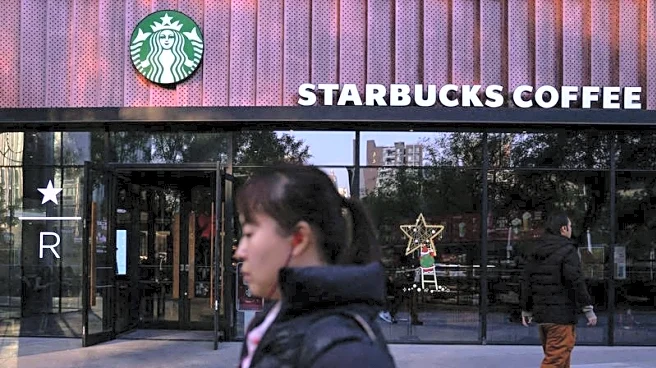What's Happening?
Murphy USA, a leading convenience-store retailer, has reported significant growth in its third-quarter 2025 financial results, driven by strong promotional activity in traditional smokeless products. The company experienced a double-digit margin increase,
with total merchandise margin contribution dollars rising by 11.3%. This growth was attributed to positive same-store inside sales and margin comparisons, particularly in the nicotine category. CEO Andrew Clyde highlighted the impressive 12% compound annual growth rate (CAGR) in nicotine promotional dollars since 2020. Additionally, nicotine pouch volumes have surged by 45% through promotions, with expectations of continued growth. Murphy USA ranks as the fourth-largest U.S. convenience-store chain by store count, operating in 27 states, primarily in the Southwest, Southeast, Midwest, and Northeast.
Why It's Important?
The robust performance of Murphy USA in the smokeless products category underscores the growing consumer demand for nicotine alternatives. This trend is significant for the convenience-store industry, as it highlights a shift in consumer preferences and the potential for increased profitability through targeted promotions. The company's ability to capitalize on this demand positions it favorably in the competitive retail landscape. The growth in nicotine pouch volumes also suggests a broader acceptance of smokeless products, which could influence future product offerings and marketing strategies within the industry. Stakeholders, including investors and industry peers, may view Murphy USA's success as a benchmark for leveraging promotional activities to drive sales and margins.
What's Next?
As Murphy USA continues to experience growth in smokeless products, the company may further invest in promotional strategies to sustain this momentum. The upcoming leadership transition, with Mindy West set to replace Andrew Clyde as CEO on January 1, could bring new strategic directions. The company might also explore expanding its product range or entering new markets to capitalize on the increasing demand for nicotine alternatives. Additionally, competitors in the convenience-store sector may respond by enhancing their own promotional efforts or diversifying their product offerings to capture a share of the growing market.














